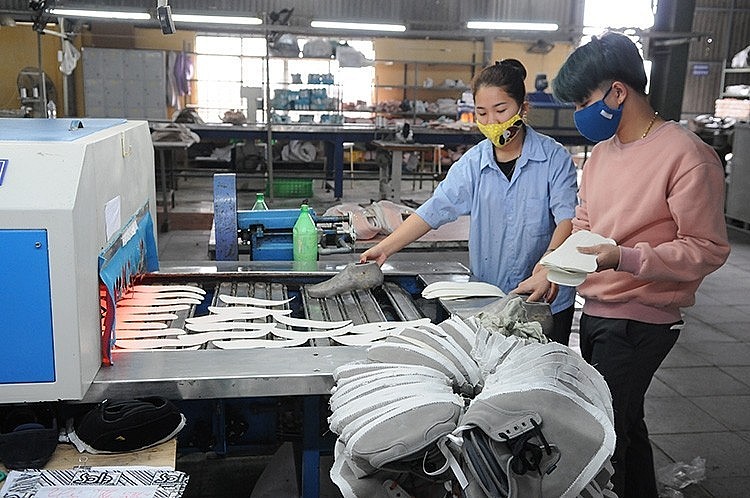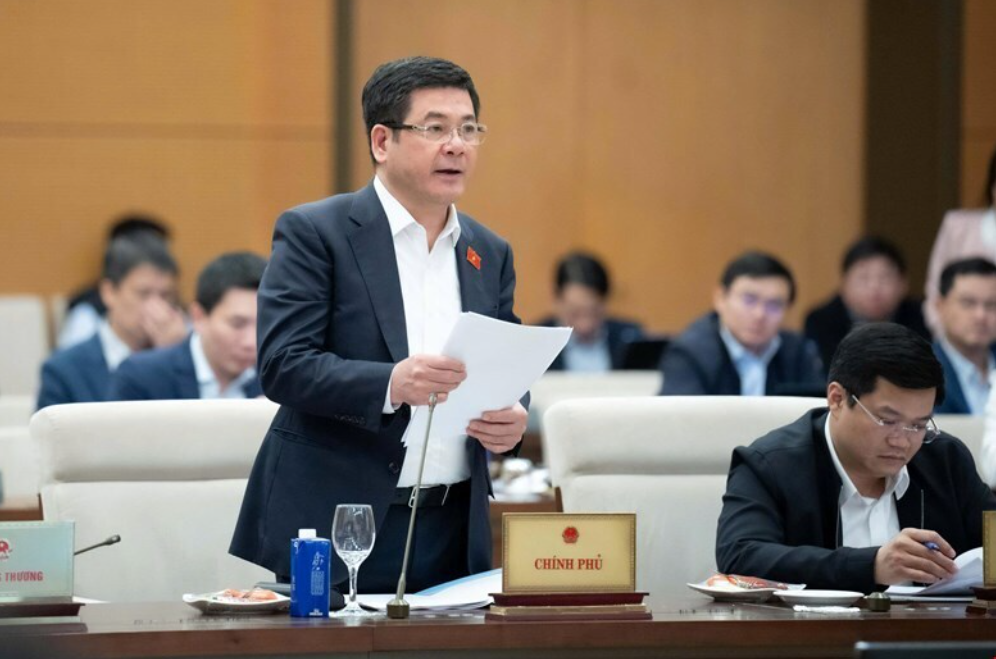
Key export guidance for Vietnamese firms entering the Israeli market
19:05 | 23/03/2025 13:59 | 27/11/2025Foreign trade
Difficulties in raw materials self-sufficiency
According to the Vietnam Leather, Footwear and Handbag Association (LEFASO), the leather and footwear industry is striving to achieve a US$27 billion export turnover in 2023, a 10 percent increase year on year. However, currently, a large amount of raw materials still have to be imported.
 |
| Deputy Minister of Industry and Trade Do Thang Hai (second from left, first row) at an event connecting Vietnamese and Japanese enterprises |
“Ten years ago, the localization rate of leather and footwear products was only 40 percent, and now has increased to 55 percent. Especially, with items such as sports shoes, we have proactively supplied 70 to 80 percent of domestic raw materials and the rate is 100 percent for fabric shoes,” a leader of LEFASO said.
Footwear exports of the FDI sector now account for 78.8 percent of the total export turnover of the footwear industry. In Vietnam, about US$300 million worth of raw materials is imported every year for the footwear industry.
 |
| Vietnam’s leather and footwear industry is standing great opportunities from trade agreements |
Vietnam currently has about 129 enterprises investing in the production of raw materials and accessories, but only about 20 domestic enterprises are able to supply premium raw materials, making it difficult for leather and footwear manufacturers to take initiative in orders and raw materials.
Domestic supply rate targeted at 70 to 80 percent
According to experts, Vietnam’s leather and footwear industry is standing great opportunities from trade agreements, but whether it can take advantage or not requires the development of domestic supporting industries and raw materials.
Vietnam set a target that the domestic supply rate of the leather and footwear industry is anticipated to reach between 75 and 80 percent by 2025, with high value-added products for production and export activities.
To meet the target, Vietnam needs to adopt synchronous mechanisms, policies, and solutions to attract investment from multinational corporations; and connect domestic enterprises to raw materials supply chain of FDI enterprises. Currently, the footwear industry according to fashion trends is constantly changing, so it is necessary to develop the Vietnamese footwear industry in accordance with taste.
The Ministry of Industry and Trade will develop appropriate support policies, but the effective implementation of these policies requires businesses to be proactive in searching for information and seizing opportunities from trade agreements in the coming time.
Leather and footwear is identified as one of Vietnam’s key export industries with high quality, competitive products in the world market. In 2022, Vietnam made significant strides in the leather footwear market, securing the 2nd position among largest leather and footwear exporters in the world.
Vietnam also targets to reach a total export turnover of footwear and handbags of US$38-40 billion by 2030. The industry by 2035 will have had sustainable development according to the green economy model, complete the domestic production value chain, effectively participate in the global value chain, and develop a number of regional and world brands.

19:05 | 23/03/2025 13:59 | 27/11/2025Foreign trade

19:05 | 23/03/2025 13:54 | 27/11/2025Industry

19:05 | 23/03/2025 00:15 | 27/11/2025News and Events

19:05 | 23/03/2025 00:08 | 27/11/2025Trade

19:05 | 23/03/2025 15:23 | 26/11/2025News and Events